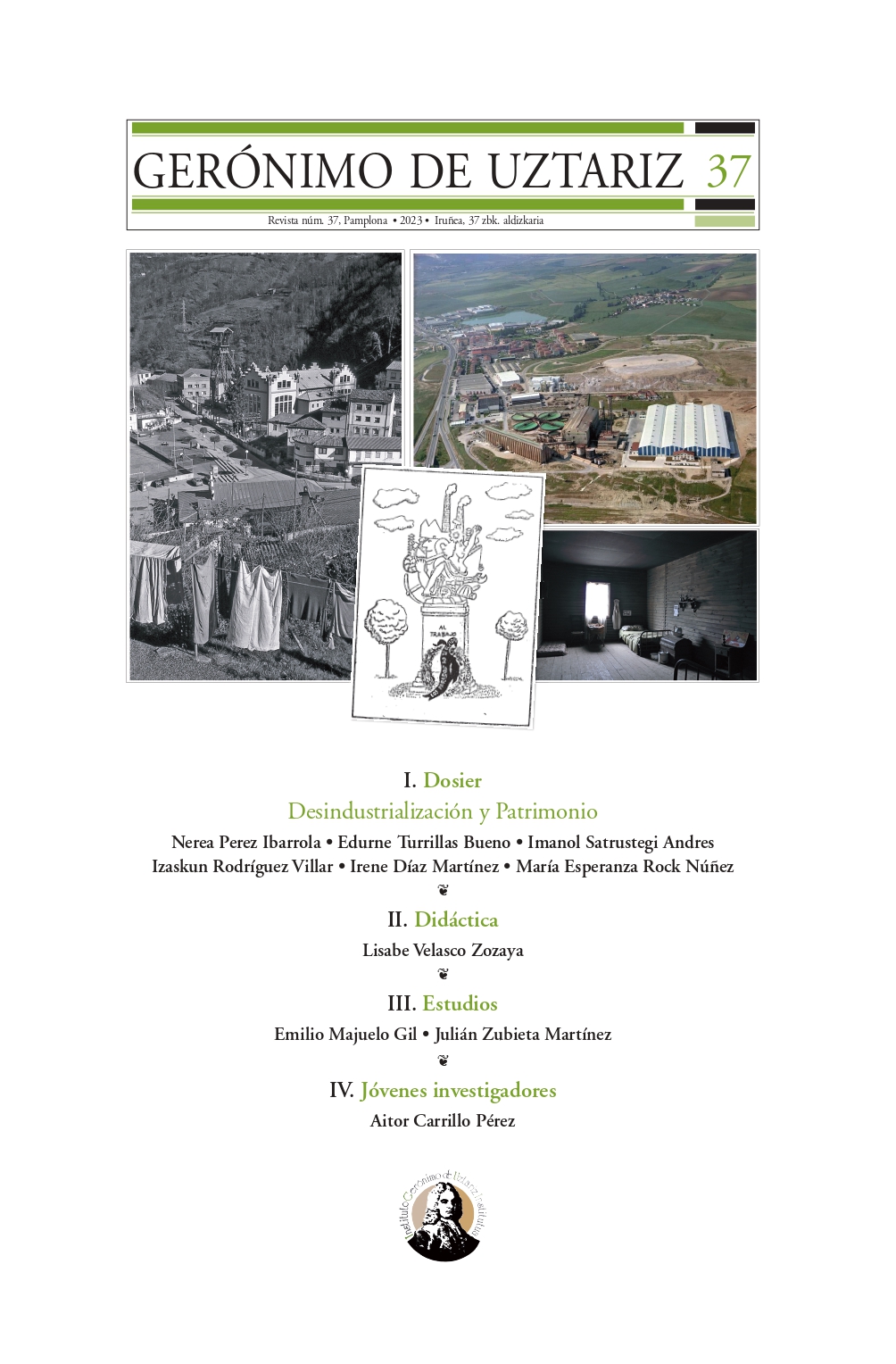Marx and the 18th Brumaire of Louis Bonaparte
Main Article Content
Abstract
This year we are celebrating the recent re-edition of the Eighteenth Brumaire in Castilian as well as the first full translation from German into Euskera, both of which were published almost simultaneously. The following text is the epilogue to the Basque version of the Eighteenth Brumaire with the language refined. It is based on the revised second edition that Marx published in 1869 and which has been considered the standard work of reference since. The fullest edition of this work - accompanied by extensive critical commentary - was produced by Hauke Brunkhorst,
Article Details

This work is licensed under a Creative Commons Attribution-NonCommercial-ShareAlike 4.0 International License.
References
Badia, G. y Mortier, J. (1972). Karl Marx-Friedrich Engels Correspondance. Tome III (1852-Juin 1853). París: Editions sociales.
Bernet, B. (2020). “The Postwar Marxist Milieu of Microhistory. Heterodoxy, Activism and the Formation of a Critical Historiographical Perspective”, in What’s Left of Marxism. Historiography and the Possibilities of Thinking with Marxian Themes and Concepts, Edited by Benjamin Zachariah, Lutz Raphael & Brigitta Bernet. Berlin/Boston: De Gruyter Oldenbourg.
Brunkhorst, H. (2018 [2007]). “Komentar”, en Karl Marx, Der achtzehnte Brumaire des Louis Bonaparte, Frankfurt am Mein, Suhrkamp.
Carver, T. (1996). Edición y traducción a Marx, K., The Eighteenth Brumaire of Louis Bonaparte, en Karl Marx: Later Political Writings, Cambridge: Cambridge University Press.
Carver, T. (2018). “Marx para nuestra era”, Letras Libres, abril.
Cowling, M. y Martin, J. (2002) (ed.). Marx’ ‘Eighteenth Brumaire’. (Post)modern Interpretations, London: Pluto Press.
Fetscher, I. (1999). “Nachwort” al Manifest der Kommunistischen Partei. Stuttgart: Reclam,
Hecker, R. (2003). “Zur Eröffnung der Konferenz Klassen-Revolution-Demokratie”: “Der 18. Brumaire ist nach dem Kommunistischen Manifest eine der meistzitiertesten Schriften von Marx und steht im Mittelpunkt der Debatten um Klasseninteressen, revolutionären Veränderungen und Chancen einer Demokratie”, en Beiträge zur Marx-Engels-Forschung. Neue Folge, 2002. Klassen-Revolution-Demokratie. Zum 150. Jahrestag der Erstveröffentlichung vom Marx. Der 18. Brumaire des Louis Bonaparte, Berlin: Argument.
Iggers, G. G. (2016). “The Marxist Tradition of Historiography in the West”, in Historiographies. A global perspective, edited by Q. Edward Wang and Georg G. Iggers, London and New York: Routledge.
Liedman, S. E. (2020). Karl Marx. Una biografía, Madrid: Akal.
Marcuse, H. (1965). Nachwort zu: Karl Marx, Der 18. Brumaire des Louis Bonaparte (1852) Frankfurt: Insel.
Marx, K. (2007). Der achtzehnte Brumaire des Louis Bonaparte. Frankfurt am Main: Suhrkamp.
Marx, K. (2023). El 18 Brumario de Luis Bonaparte, Madrid, Akal; traducción, introducción y notas: Clara Ramas San Miguel.
Marx, K. (2023). Luis Bonaparteren Brumairearen hemezortzia. Iruñea: Igela,; Gibelsolasa, Emilio Majuelo; Itzulpena, Idoia Santamaria Urkaregi.
Marx, K. y Engels, F. (1973). Correspondencia. Buenos Aires: Cartago.
McLellan, D. (1972). De Hegel a Marx. Barcelona: A. Redondo editor.
Renaud, T. (2018). «Review of Stedman Jones, G. Karl Marx: Greatness and Illusion». H-Ideas, H-Net Reviews. March, 2018.
Sperber, J. (2013). Karl Marx. Una vida decimonónica, Barcelona, Galaxia Gutenberg.
Stedman-Jones, G. (2016). Karl Marx. Greatness and Illusion, Cambridge-Massachussets, Harvard University Press.
Stedman-Jones, G. (2018). Karl Marx. Ilusión y grandeza. Madrid: Taurus.
Traverso, E. (2021). Revolution: An Intellectual History. London-New York: Verso.
Traverso, E. (2022). “Marxism”, en The Routledge Companion to Historical Theory, edited by Chiel van den Akker, London and New York: Routledge.
Velasco Sánchez, J. T. (2020). “Del descubrimiento del marxismo del siglo XXI entre dilemas y certezas: Gareth Stedman Jones y su biografía sobre Karl Marx”, en Historiografías, 20, Julio-Diciembre, pp. 18-34.

